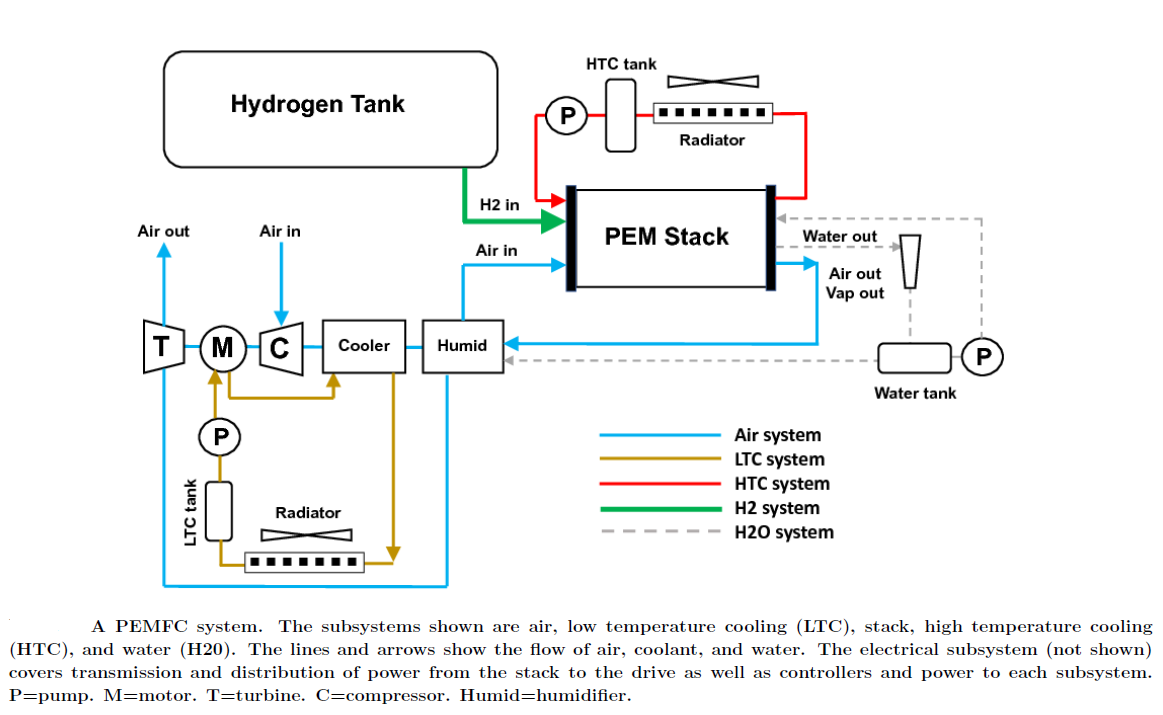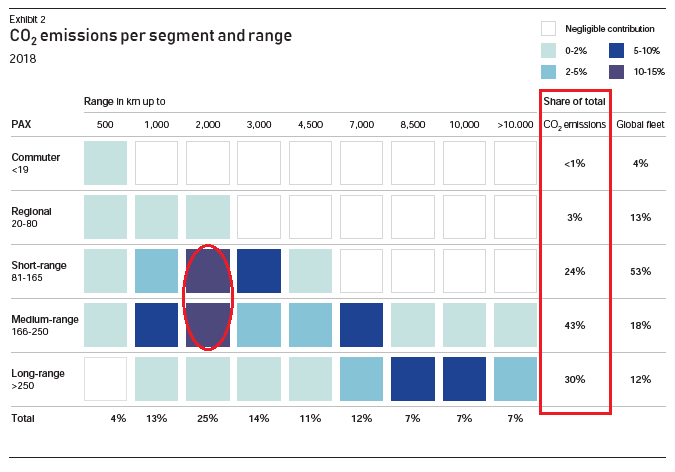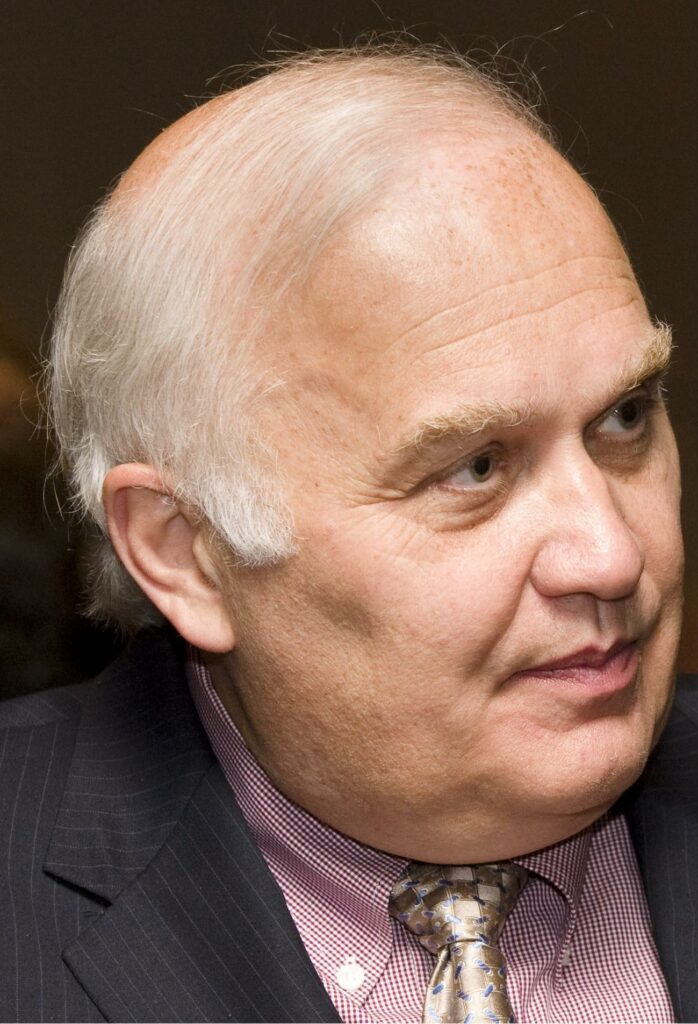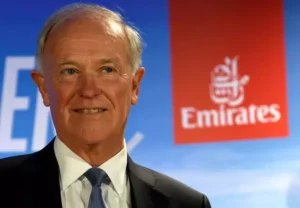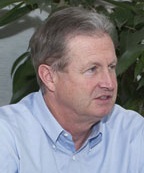Leeham News and Analysis
There's more to real news than a news release.
Bjorn’s Corner: Sustainable Air Transport. Part 21. Fuel Cell system design
May 27, 2022, ©. Leeham News: Last week, we looked at the power levels we need in a fuel cell and electric motor system. We listed the required powers and durations for takeoff, climb, and maximum continuous power levels for a 70-seater turboprop.
Now we go deeper into the fuel cell system design, looking at system powers and thermals.
Bjorn’s Corner: Sustainable Air Transport. Part 15. Hydrogen propulsion system choices.
April 15, 2022, ©. Leeham News: Last week, we examined different airliner types’ power requirements and the importance of their size classes in the market.
Now we look at what propulsion system alternatives are available when using hydrogen as the energy source and their principal advantages and disadvantages.
Airbus readies hydrogen-powered demo flights
Update, Feb. 21: Airbus announced today a press conference tomorrow in Toulouse.
By Scott Hamilton
Feb. 8, 2022, (c) Leeham News: Airbus plans to fly a hydrogen-fueled ZEROe demonstrator soon, with an announcement coming as early as this month.
Airbus’ drive to reduce emissions appears prioritized toward developing an H2-fueled airplane. While all it’s A-Series aircraft will be 100% compatible with Sustainable Aviation Fuel (SAF) by 2030—they’re 50% compatible today—hydrogen is at the forefront of its research and development. Officials want to have an H2-powered airplane ready for service by 2035. This aircraft will almost certainly be a turboprop.
Amanda Simpson, vice president for research and technology of Airbus, said the company must have a demonstration project proving the feasibility of an H2-fueled airplane before full development can proceed. She told the audience at the annual conference of the Pacific Northwest Aerospace Alliance yesterday that an announcement could come within two weeks. In sideline remarks, she declined to say what type of aircraft will be used for the demo project.
“Don’t delude the public” on environmental advances in aviation
By Scott Hamilton
Jan. 26, 2022, © Leeham News: The International Air Transport Assn’s Annual General Meeting in Boston last October focused on industry progress and goals toward a greener environment.
In a fanfare series of panels and announcements, IATA set a goal of industrial carbon neutrality by 2050. But in reality, this was a step backwards from a goal described in 2011 by Jim Albaugh, then-president of Boeing Commercial Airplanes. Albaugh made his remarks in a speech before the Royal Aeronautical Society.
At the IATA AGM, Tim Clark, president of Emirates Airline, cautioned the industry: “Don’t make promises you can’t keep.”
LNA spoke with Clark this month, who expanded on his IATA appearance.
Putting some reality into ecoAviation: steps *backwards*
By Scott Hamilton
Analysis
Jan. 25, 2022, © Leeham News: The airline industry makes a splash about setting goals to become carbon neutral by a date certain. It also set a goal to reduce CO2 emissions in absolute terms by a date 30 years in the future after achieving carbon neutrality.
How will these lofty goals be achieved?
Using lightweight materials in airplanes, including composites. Improving aerodynamics. More fuel-efficient engines. There’s “great promise” in biofuels. Improving air traffic management.
Were these the big announcements by the International Air Transport Assn. at its annual general meeting in October in Boston?
Nope.
These goals were outlined in a speech in June 2011 by Jim Albaugh, then-president of Boeing Commercial Airplanes (BAC) before the prestigious Royal Aeronautical Society (RAS).
The IATA AGM pronouncements went backward. Albaugh said in 2011 that the aviation industry’s goal of net-carbon neutrality was for 2020. IATA’s goal for achieving net carbon neutrality is 2050, the year Albaugh said was the goal to reduce CO2 emissions in absolute terms.
HOTR: Restarting M100 SpaceJet program is a very, very long runway
By the Leeham News Team
Dec. 21, 2021, © Leeham News: Speculation that Mitsubishi Heavy Industries (MHI) may restart the M100 SpaceJet program seems unrealistic.
unrealistic.
The consulting firm Avascent on Dec. 8 reported that MHI and the Japanese government may complete the M90 SpaceJet (formerly the MRJ90) airplanes. This could lead to restarting the M100 SpaceJet.
LNA believes the former might happen. It doubts the latter will. Here’s why.
It’s time for a reality check on ecoAviation
Subscription Required
By Scott Hamilton
Introduction
Nov. 29, 2021, © Leeham News: The goals are admirable and lofty: cut carbon emissions dramatically.
Boeing wants to have its 7-Series airplanes be 100% compatible with Sustainable Aviation Fuel (SAF) by 2030. Whatever Boeing can do, so can Airbus.
Airbus wants to produce the first hydrogen-powered airliner, probably in the 70-seat sector, by 2035.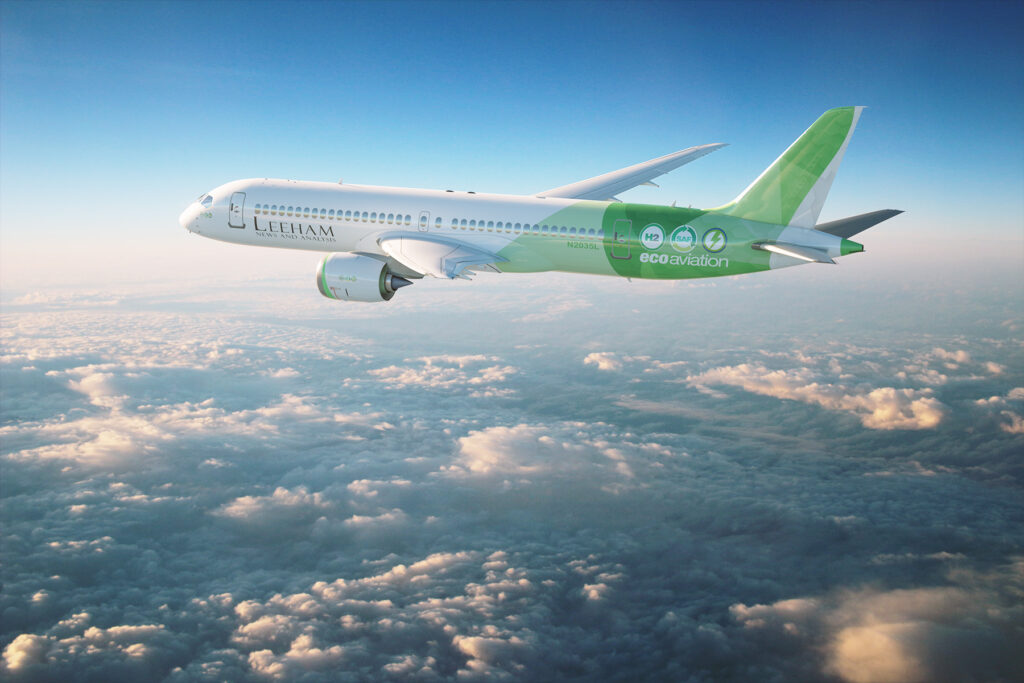
IATA, the International Air Transport Assn. industry trade group, set 2050 at the target for net-zero emissions.
All great ideas. Industry officials understand the challenges and realities. Tim Clark, president of Emirates Airline, minced no words at the IATA AGM in October: Don’t make promises you can’t keep.
For the pie-in-the-sky crowd, the sheer numbers don’t add up. Replacing the thousands of Airbus A320ceos, A330ceos, Boeing 737 NGs, 757s, 767s, 777 Classics, Mitsubishi CRJs, and Embraer E1 jets with their successors—let alone, the successors to the successors—will take decades.
And this doesn’t even count replacement of today’s turboprops with a successor that doesn’t exist, followed by their successors.
Summary
- 20-year Forecast to 2040 shows about 4,000 single-aisle, mainline jets will remain in service by 2040. The majority of these flying today are older generation aircraft.
- There will be about 1,000 twin-aisle jets flying today that will be flying in 2040. These can be expected to be Boeing 787s, Airbus A350s and a small number of A330neos. Each is more environmentally friendly than previous generations.
- There will be a handful of four-engine jets flying by 2040, most likely cargo aircraft.
- Of the sub-100 seat category, there will be fewer than 300 jets flying in 2040 that are flying today. Some of these will likely be end-of-line CRJs plus late-model, older generation E175-E1s. Deliveries of the latter continue well into this decade because the future of the Embraer E175-E2 is uncertain.
Pontifications: Biofuels, hydrogen, batteries are nice but far in the future. Solution exists now.
Oct. 11, 2021, © Leeham News: EcoAviation was the Number One topic at the Oct. 3-5 IATA AGM in Boston.
IATA, the International Air Transport Assn., set a number of lofty goals to remove carbon emissions from commercial aviation by 2050. Interim goals were also set.
Tim Clark, the president and COO of Emirates Airline, didn’t mince words about these goals.
“People are expecting us… by the end of this decade, to take out 40% of our emissions… We are in la la land if you think we are going to do this,” Flight Global reported.



